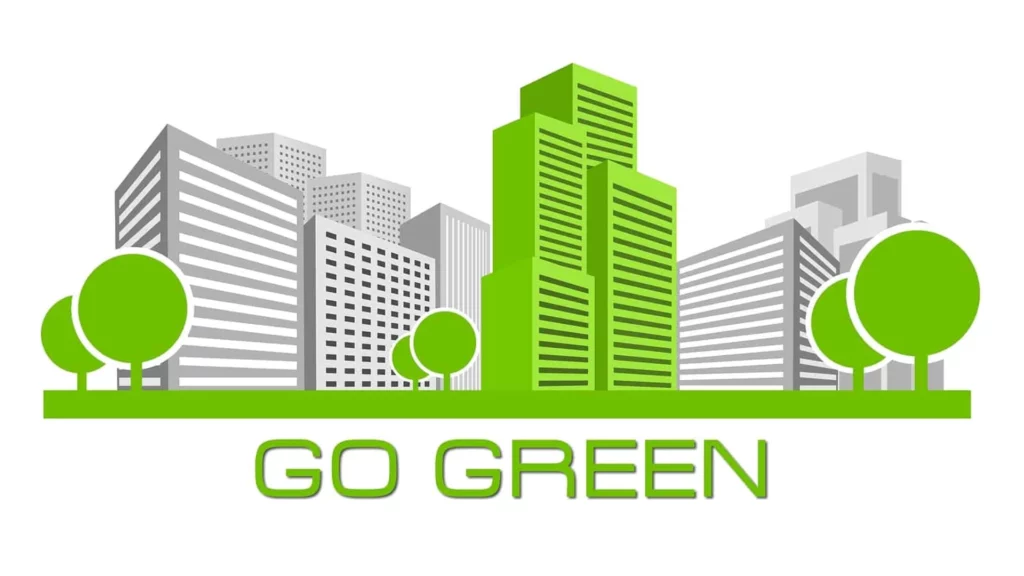Green Building – The Benefits of Going Green
The environment is in dire need of help and that’s why sustainability is important in all areas of life. Many products now claim to be made from environmentally friendly ingredients or with technology that saves energy. There are more and more green products every day.
You can find energy efficient light bulbs, low-emission paint, and recycled products of all sorts.
These products often cost more at the outset but the result is usually a cost-effective system that lasts.
Offices and company buildings are especially good at making environmentally friendly work for them. Of course, there are many benefits in this for the environment but there are also benefits to your bottom line.
What is a Green Building?
Green building, also known as sustainable or eco-friendly construction, involves using processes and materials that are environmentally responsible and resource-efficient throughout a building's life cycle. This includes everything from the design, construction, operation, maintenance, and renovation, to deconstruction.
The fundamental aim of lead green building is to reduce the overall environmental impact associated with these processes, promoting sustainability and environmental conservation.
Green buildings often incorporate energy-efficient systems, and water conservation methods, and use materials that are recyclable or sourced sustainably.
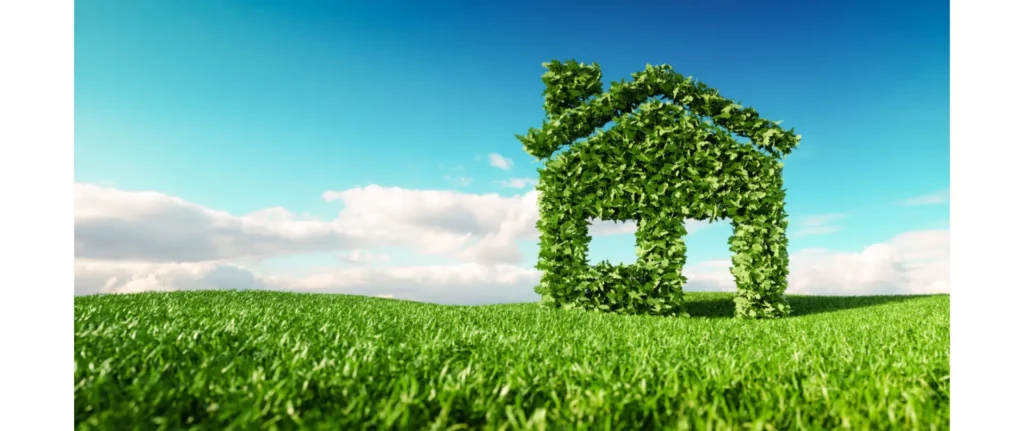
The Benefits of Green Building
Environmental Benefits:
- Reduces greenhouse gas emissions, combating global warming.
- Optimizes resource use, leading to reduced energy and water consumption.
- Minimizes waste generation and promotes efficient resource use.
- Supports sustainability efforts and reduces the carbon footprint of buildings.
Economic Benefits:
- Potential for lower long-term utility bills due to energy-efficient appliances and water-saving fixtures.
- Potential to increase property values with growing demand for green buildings.
- Eligibility for tax benefits and incentives in certain jurisdictions, enhancing economic appeal.
Health and Safety Benefits:
- Improves indoor air and water quality, reducing the likelihood of harmful organisms like mold and mildew.
- Enhanced ventilation and low-emission materials create a healthier indoor air environment.
- Incorporates natural light, reducing the need for artificial lighting and promoting well-being and productivity among building occupants.
These benefits highlight the positive impact of green building practices on the environment, economics, and the health and well-being of occupants.
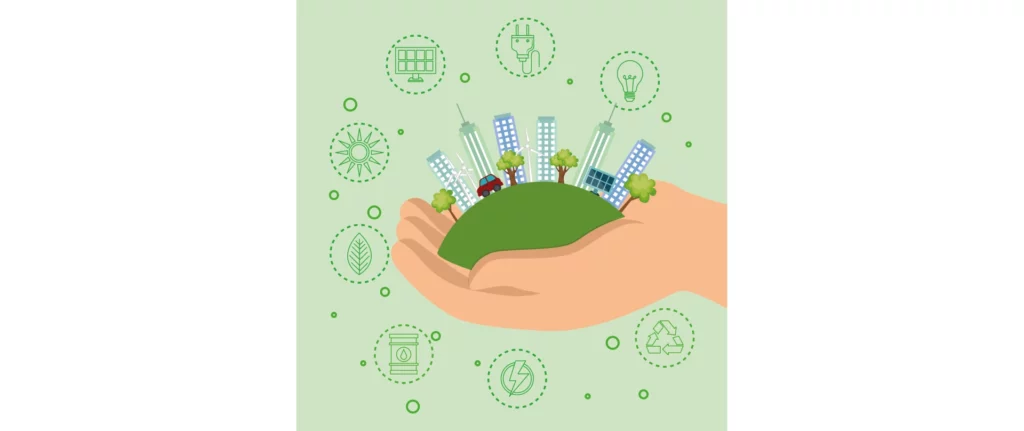
Green Building Designs
When embarking on the design of a green building, it's crucial to incorporate elements of sustainability and energy efficiency from the onset.
From initial planning, through the construction phase, and into the operational lifecycle of the building, sustainable strategies should be a guiding force.
Below, we delve deeper into various design concepts that could be a cornerstone of your green building project:
- Passive Solar Design
- Orient the building for optimal sun exposure.
- Implement overhangs for shading during hot months.
- Use materials with high thermal mass properties to regulate indoor temperature naturally.
- Living Roofs and Vertical Gardens
- Install green roofs to mitigate the urban heat island effect and improve insulation.
- Create vertical gardens on walls for aesthetic and biophilic benefits.
- Rainwater Harvesting Systems
- Capture and store rainwater for non-potable uses like irrigation, toilet flushing, and laundry.
- Reduce freshwater demand and manage stormwater runoff.
- Water-Efficient Fixtures
- Install low-flow faucets.
- Use dual-flush toilets.
- Opt for water-efficient appliances to minimize water consumption.
- Energy-Efficient Systems
- Incorporate high-efficiency HVAC systems.
- Utilize LED lighting.
- Choose Energy Star-rated appliances.
- Decrease energy consumption for lower bills and reduced carbon footprint.
- Renewable Energy Sources
- Install solar panels or wind turbines to generate clean, sustainable power.
- Reduce reliance on fossil fuels and potentially feed excess power back into the grid.
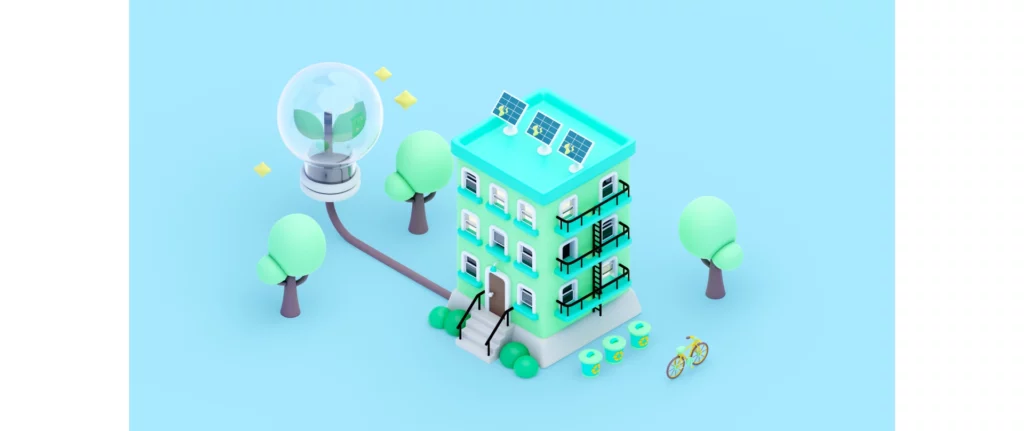
Key Green Building Certifications
Certifications play a critical role in guiding and validating green building practices. Here are a few key certifications:
Light Savings
When you want to have a more energy-efficient building, you should first consider lighting as a logical place to start. It’s the easiest step and the least expensive too.
Of course, this is not the only way to help your company be more energy efficient when it comes to lighting. Sometimes there are too many light fixtures in a single space.
Most of them are not necessary. For example, a space could have 20 light fixtures but only need 10. This means that you should remove the ten that are not necessary.
Then you can change the bulbs to more energy-efficient ones and get the most out of that since energy-efficient bulbs don’t need to be replaced that often. In fact, the LED bulb can last up to 11 years while using less than a quarter of the electricity than the regular ones used.
Most offices, however, have those old fluorescent lights that are less efficient than LEDs and they give out that cold feeling that may make some people depressed or simply less productive.
These can be complicated to replace with LEDs or CFLs but it can be worth it.
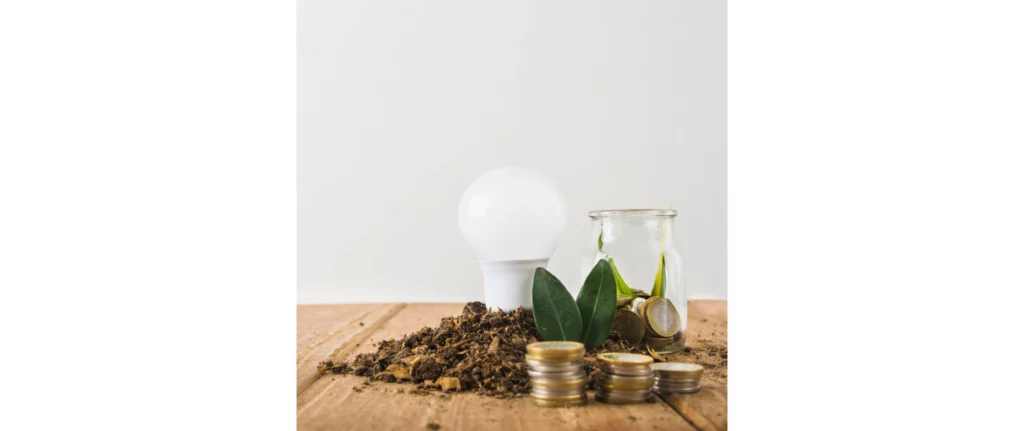
But if you don’t want to go for that right now, you can install newer fluorescent light fixtures like the T-8 which are energy efficient and don’t flicker, providing a pleasant light for your office.
When you are switching to more energy-efficient lighting, you should look up whether you qualify for a rebate or some other incentive that could help you save money.
Another great way to save on lighting is to use the sun as much as possible. Sunlight is always available and it’s free.
So, you can make use of all of the benefits the sun has to give in your office. It also improves the look and feel of your office, as well as how your employees feel.
It can lower your lighting costs as well. There’s less strain on the eyes of people working in the offices and the light reinforces their circadian rhythms, allowing them to feel better in general.
You can renovate your office and make the sunlight a natural part of its design. However, there is a problem with daylight in that it is difficult to control and could provide glare.
It can also overwhelm a space when it’s sunny and distract people. In the winter, it can drive up heating costs because windows are not so great at insulating.
Fortunately, you can add window film and treatments. It makes it easier to use daylight and it can mitigate all of the problems. There are some grants and rebates that can help you pay for this element.
Daylight sensors can come in as excellent options too. This way, the artificial light can naturally replace the natural light without anyone having to turn your light on. These may cost a bit but there may be some incentives for this as well as it enables energy saving.
You can also get an occupancy sensor which could turn the lights on when someone enters the room and then turn them off when someone leaves.
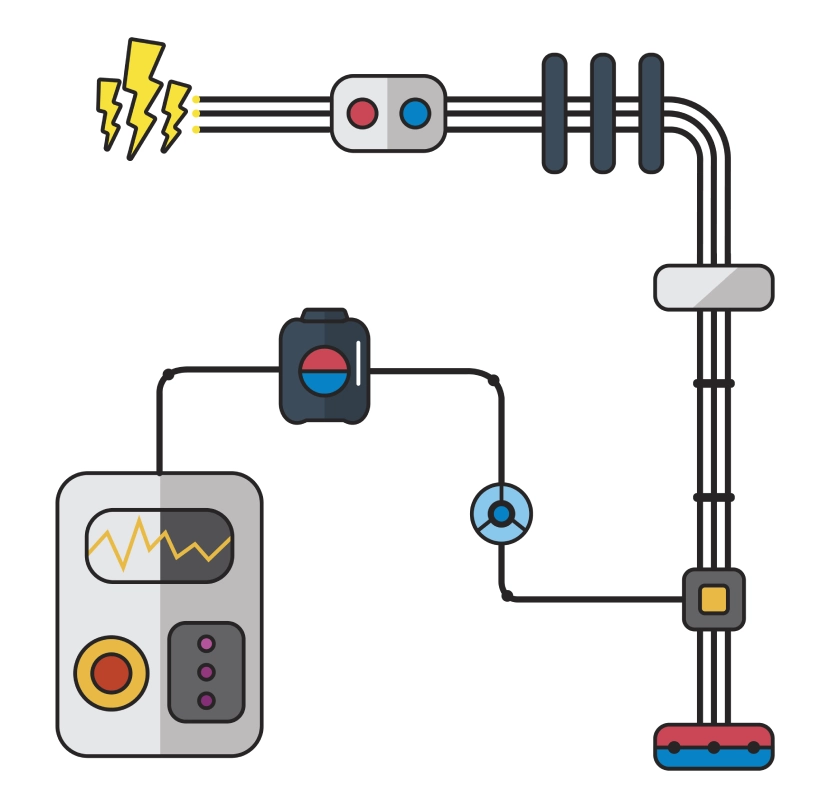
Plug load management
Another way to reduce your bills and be more green as a company is to cut the plug load, otherwise known as vampire load which is a constant drain of electricity made by computers and other office equipment.
You can put computers on a sleep mode which reduces the plug load or electricity drain. However, this isn’t the best solution really. The better way to do it is to use timers to control the use of electricity.
This could put office machines on a timer and then it can be monitored through a computer. You could reduce your energy consumption for each appliance by 40%.
You can improve and update your electrical and lighting system as well. Although, this option is a bit more expensive. However, the changes offer a payoff in better branding, lower bills, and generally a better bottom line.
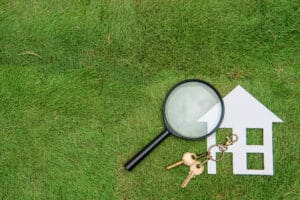
Rental Issue
Many businesses rent their spaces too. This makes going green a bigger issue for them. This is called the split incentive.
The fact is that they don’t own any of the space or the appliances and systems but they have to pay the bills. The landlord owns it but they don’t pay the bills.
There is an imbalance because the landlord has no incentive to go green because they are not paying bills. The business owner isn’t sure how profitable this is because they will pay lower bills but they don’t get to keep anything they have paid for in case they have to move out.
It ends up being no one's interested in paying for the improvements.
Some organizations are developing green leases that can fight this. But for now, the situation isn’t clear when it comes to changes.
Conclusion
For many companies, the decision to make the change for greener ways has come with lower utility costs. Between the electricity, heating, and cooling bills, with these reductions, any company can save a lot of money.
But another area where it’s important to go green is in the employee area. You need to make the space more green and beautiful for them.
With proper cooling and heating, enough space, and natural light in the room, your office can actually be pleasant for work.
This means that your employees will be more productive and do more in general. Employee retention will also be bigger and their health as well.
Source:
The Empirical Study of Green Buildings (Residential) Implementation: Perspective of House Developers

